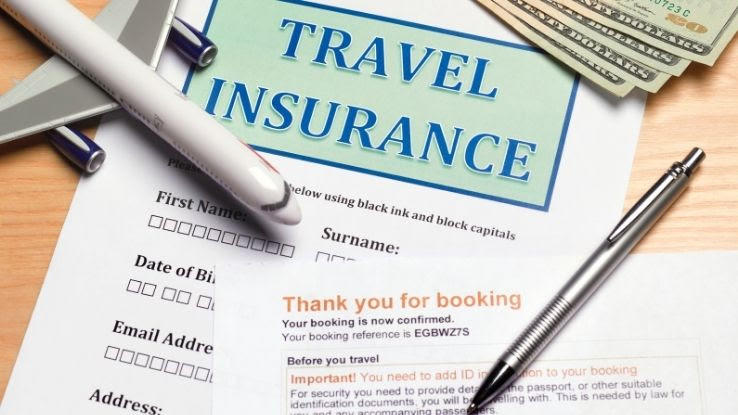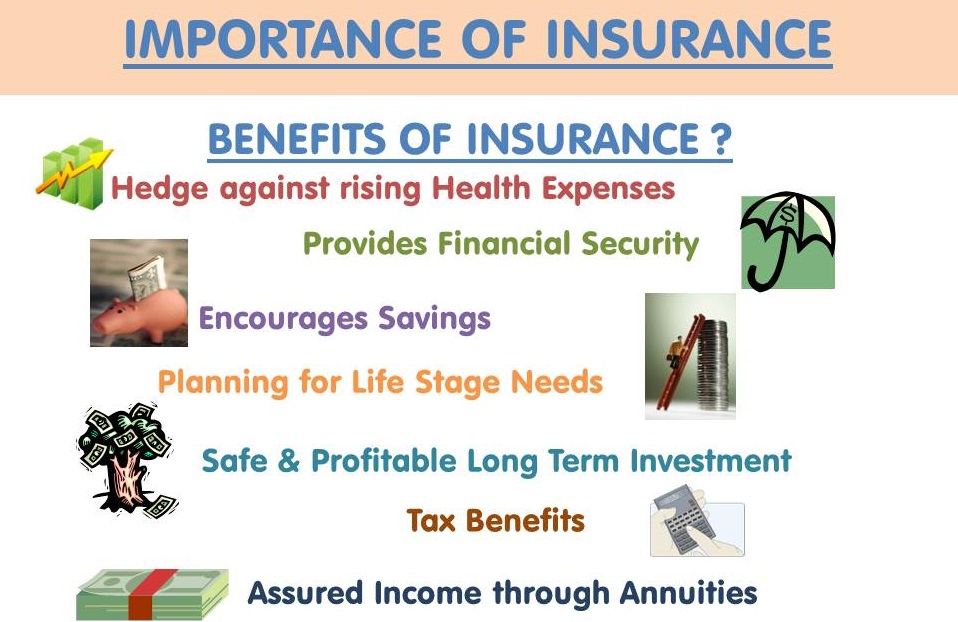Pacific Prime Fundamentals Explained
Table of ContentsIndicators on Pacific Prime You Need To KnowIndicators on Pacific Prime You Need To KnowThe 20-Second Trick For Pacific Prime10 Simple Techniques For Pacific PrimeExamine This Report about Pacific Prime

This is due to the fact that the data were accumulated for a duration of strong economic efficiency. Of the estimated 42 million people who were uninsured, just about about 420,000 (concerning 1 percent) were under 65 years old, the age at which most Americans end up being qualified for Medicare; 32 million were grownups between ages 18 and 65, about 19 percent of all grownups in this age team; and 10 million were children under 18 years of age, regarding 13.9 percent of all kids (Mills, 2000).
These quotes of the variety of individuals without insurance are produced from the yearly March Supplement to the Present Population Study (CPS), performed by the Census Bureau. Unless otherwise kept in mind, national estimates of individuals without health and wellness insurance and percentages of the populace with different kinds of coverage are based upon the CPS, one of the most extensively made use of resource of quotes of insurance coverage and uninsurance rates.
The 2-Minute Rule for Pacific Prime

Still, the CPS is particularly valuable since it generates yearly price quotes reasonably rapidly, reporting the previous year's insurance protection approximates each September, and due to the fact that it is the basis for a regular set of estimates for greater than twenty years, enabling analysis of fads in protection gradually. For these factors, in addition to the substantial use the CPS in various other researches of insurance protection that are presented in this report, we rely upon CPS estimates, with limitations kept in mind.

The estimate of the number of without insurance people broadens when a population's insurance policy status is tracked for numerous years. Over a three-year duration starting early in 1993, 72 million people, 29 percent of the united state populace, were without insurance coverage for at the very least one month. Within a solitary year (1994 ), 53 million people experienced a minimum of a month without insurance coverage (Bennefield, 1998a)
Six out of every ten uninsured grownups are themselves employed. Although working does boost the likelihood that and one's relative will certainly have insurance policy, it is not a warranty. Also participants of families with two full-time breadwinner have nearly a one-in-ten opportunity of being uninsured (9.1 percent without insurance price) (Hoffman and Pohl, 2000).
Excitement About Pacific Prime
New immigrants represent a significant proportion of individuals without medical insurance. One analysis has connected a considerable part of the current development in the dimension of the U.S. uninsured population to immigrants that showed up in the country in between 1994 and 1998 (Camarota and Edwards, 2000). Current immigrants (those who came to the United States within the previous 4 years) do have a high rate of being uninsured (46 percent), but they and their children account for just 6 percent of those without insurance policy country wide (Holahan et al., 2001).
The relationship in between medical insurance and access to care is well established, as documented later on in this chapter. The relationship in between wellness insurance coverage and health end results is neither direct nor basic, a comprehensive clinical and wellness services research study literary works links wellness insurance protection to enhanced access to care, far better high quality, and improved personal and population health condition.
Levels of evaluation for examining the effects of uninsurance. It concentrates specifically on those without any wellness insurance policy for any length of time.
9 Simple Techniques For Pacific Prime
The problems faced by the underinsured are in some respects comparable to those faced by the without insurance, although they are normally less serious. Health and wellness insurance coverage, however, is neither necessary neither adequate to obtain accessibility to medical services. The independent and straight impact of health insurance policy protection on access to wellness solutions is well established.
Others will get the wellness care they need even without wellness insurance policy, by paying for it out of pocket or seeking it from service providers that provide treatment complimentary or at highly subsidized prices. For still others, medical insurance alone does not make sure receipt of treatment as a result of various other nonfinancial barriers, such as an absence of healthcare suppliers in their community, restricted accessibility to transportation, illiteracy, or etymological and cultural distinctions.
The Only Guide to Pacific Prime
Official research about without insurance populaces in the United States dates to find out the late 1920s and very early 1930s when the Board on the Cost of Treatment produced a series of reports concerning financing doctor workplace check outs and hospital stays. This issue came to be salient as the varieties of medically indigent climbed up throughout the Great Anxiety.